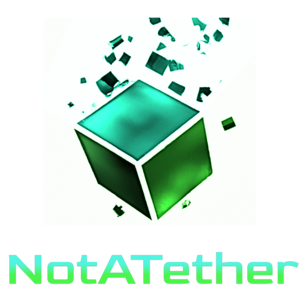Bitcoin is a peer-to-peer network that relies on the inputs from several nodes which can verify the transactions and broadcast this to the other nodes for verification. We will explorer the functions of the bitcoin node and how to create and run our own bitcoin node.
What is Bitcoin Node?
A Bitcoin node is any computer or server around the world that runs and stores the entire Bitcoin blockchain. It is connected to the Bitcoin network to partially or fully validate the transactions. A Bitcoin node will validate each block and transaction and then add them to the blockchain. Every node is connected directly to several other nodes and they also share the data with those nodes. The more nodes are connected to the Bitcoin network, it becomes not only more robust but at the same time, it ensures that Bitcoin’s transaction history does not contradict.
This process allows Bitcoin to be decentralized and eliminates the need for the central authority to control the network.
How to Create a Bitcoin Node
Before creating a Bitcoin node we shall look at the hardware and software requirements.
Hardware Requirements
To run a Bitcoin core with full nodes, there is a specific hardware requirement. You cannot run a Bitcoin node on weak hardware that does not support it. Here are the basic requirements for running a Bitcoin node.
- A desktop (preferable) or a laptop with the latest version of Windows, Mac operating system, or Linux.
- 200+ GB hard disk space with good read/write speed of 100 MB/s or above 2 GB RAM
- Internet connection, Preferably an unentered connection or a connection with high upload and download limits. You might need to download 20 GB of data per month. Also, the first time once you start a node, you need to download the data of 195GB+
- You need to run your computer for at least 6 to 8 hours a day. If you can run your computer 24/7 that would be even better
- Also, note that you need to do disable the automatic sleep settings on your computer so that your computer does not sleep after a certain time period.
Building a Bitcoin Node
Step 1: Select the Hardware
You need to select the hardware. Raspberry Pi 3 will complete starter kit could be a good option to start with. Also, you should have a 1 TB hard disk, HDMI cable, mouse keyboard, and monitor to view the output.
Step 2: Choose the operating System
You can install the Bitcoin full node on Windows 7+ versions including the latest Windows 10 version. Also, It is supported by Linux distributions like Ubuntu and on the Mac Os.
Step 3: Install Bitcoin
You need to install the bitcoin full node set up according to your operating system. Also, you will configure your router to accept the incoming connections on port 8333.
Step 4: Verify that your Bitcoin Node is online and reachable
Once you set up a node, you need to make sure that it is reachable and can accept incoming connections from another node. For this, you may use a tool available at https://bitnodes.earn.com/

